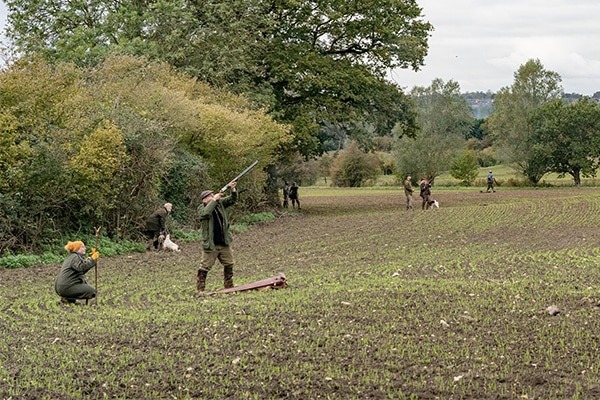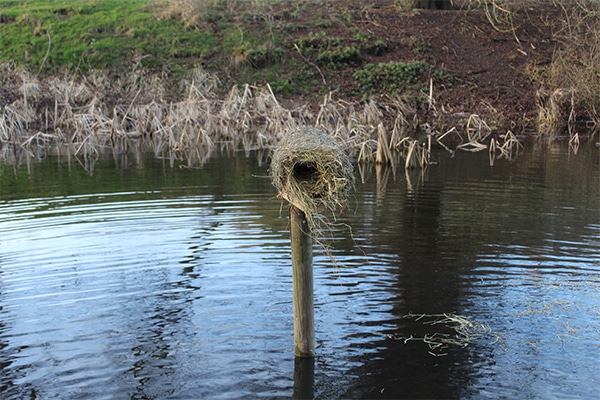
Shooting agreements and consents
Read about shooting agreements, permissions and consents, including links to download template documents.
Get information on the legal shooting season for mammals and birds in the UK.
Learn about our current conservation projects and how you can get involved.
Comprehensive information and advice from our specialist firearms team.
Everything you need to know about shotgun, rifle and airgun ammunition.
Find our up-to-date information, advice and links to government resources.
Everything you need to know on firearms law and licensing.
All the latest news and advice on general licences and how they affect you.


Wildfowling What do I need?
Because of the time wildfowling is undertaken, the type of terrain and the fact it is usually a solitary activity safety equipment is vital as well as the following:-
In an emergency, a mobile phone will enable you to summon assistance by dialling 999/112, or 101 in Scotland, and asking for the coastguard. However, do make sure there is a signal for reception out on the marsh – many rural locations have poor or no mobile phone reception. Ensure that the battery is fully charged and the phone is stored in a waterproof case before taking it on to the marsh.
The what3words mobile app can help the emergency services pinpoint your location should you need emergency assistance.
A compass is an essential piece of equipment to carry – it could, for example, be the only reliable way of making it off the marsh in fog. Make sure that you are familiar with how to use it before venturing out on the marsh.
A pocket GPS receiver is an effective, modern equivalent to a compass, but make sure that you understand how to use it too. Waypoints can be plotted on the way out and used to show the return route. Not only is this a useful safety feature but also helps negotiate creeks and gutters at their easiest crossing points. These are especially useful in the dark.
Flashing a torch nine times – three short flashes, then three long flashes, then three more short flashes – is the SOS morse code signal. Distress flares might also be used for attracting attention.
Always carry a jointed cleaning rod, hide pole or slim bamboo cane as it is all too easy to get mud or snow in the muzzle of your gun. Never fire a shot to try and clear an obstruction in the barrels.

Read about shooting agreements, permissions and consents, including links to download template documents.

Fossil fuels are a finite resource, it is therefore essential to find renewable alternatives, with wind farms just one possible option.

Through a citizen science project the Waterfowlers’ Network are monitoring the breeding success and usage of artificial duck nest tubes.
Sign up to our weekly newsletter and get all the latest updates straight to your inbox.
© 2023 British Association for Shooting and Conservation. Registered Office: Marford Mill, Rossett, Wrexham, LL12 0HL – Registered Society No: 28488R. BASC is a trading name of the British Association for Shooting and Conservation Limited which is authorised and regulated by the Financial Conduct Authority (FCA) under firm reference number 311937.
If you have any questions or complaints about your BASC membership insurance cover, please email us. More information about resolving complaints can be found on the FCA website or on the EU ODR platform.
This website uses cookies so that we can provide you with the best user experience possible. Cookie information is stored in your browser and performs functions such as recognising you when you return to our website and helping our team to understand which sections of the website you find most interesting and useful.
Strictly Necessary Cookie should be enabled at all times so that we can save your preferences for cookie settings.
If you disable this cookie, we will not be able to save your preferences. This means that every time you visit this website you will need to enable or disable cookies again.
This website uses Google Analytics to collect anonymous information such as the number of visitors to the site, and the most popular pages.
Keeping this cookie enabled helps us to improve our website.
Please enable Strictly Necessary Cookies first so that we can save your preferences!
More information about our Cookie Policy